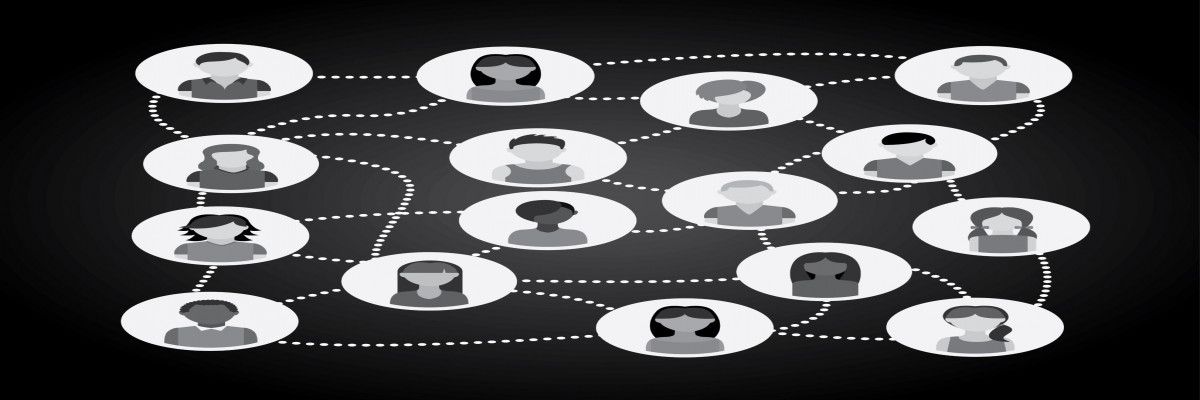Why & How Top Brands Are Building DIY Identity Graphs

Blog post By Paula Chiocchi on 2024-05-08
Top brands are recognizing the benefits of creating identity graphs. By building in-house identity graphs, they gain the flexibility to curate custom audiences and quickly tailor data-driven marketing campaigns to their specific needs. But as with any DIY project, it's essential to understand the process and engage partners who can assist you in achieving your objectives.
Here are some of the reasons brands are exploring this hands-on option and how they are going about doing it:
Cost, Control & Customization
An identity graph is a collection of identifiers and attributes about people that builds a picture of them as marketing prospects. The graph's role is to identify individual prospects as they relate to your organization's business objectives and provide a way for you to build specific audiences from that graph that will communicate to corresponding ID graphs of programmatic advertising partners. The resulting data set fuels digital campaigns—such as display, social, and CTV ads—
enabling brands to target and connect with their desired audiences at scale precisely.
Large identity providers’ graphs can contain hundreds of millions of anonymized profiles—but that amount of data comes at a cost, and it's a cost associated with a decreasing value. As current players struggle with transitioning to a cookie-less environment and face fraudulent signals in their own data set, brands realize that controlling their data is essential in today's evolving marketing space.
Brands taking a build-your-own approach versus off-the-shelf can significantly lift ROI. They can execute their campaigns faster by developing an in-house data marketing spine with greater targeting confidence. In addition, it allows them to organize campaign feedback centrally for analytic purposes, thereby avoiding future ad waste that comes with information gaps.
Acquiring Identity Graph Data
Brands will need data sets (outside of their first-party data) to resolve data around customers and prospects at the level necessary to build deep and targeted audiences with DSPs. Your marketing spine also must contain mobile device IDs (MAID), IP addresses, and hashed emails (HEMs), which allow programmatic ads to target individuals on both their desktop and mobile platforms.
When sourcing third-party data to build and scale your graph, look for a provider that will license data that they can update for you on an ongoing basis.
At OMI, we license our B2B Living File®data – consisting of 144MM+ manager plus and professional-level contacts with email/HEM, social URL, MAID, and IP – allowing our clients to gain possession of the data to build an identity graph.
B2B2C Convergence & Matching
An effective identity graph needs B2B and B2C attributes to achieve a complete view of the prospect's profile. Matching personal contact data to B2B data in this way powers improved marketing resolution and more personalized campaigns while remaining anonymized at the execution interface. It enables brands to connect with their most promising prospects through an integrated or coordinated campaign model.
B2B2C convergence has become so crucial that some brands are merging their B2B and B2C data under one department – that's another reason why DIY identity graphs are emerging: with all your data in one place, building your identity graph is a natural next step.
OMI is advancing our own data capabilities around B2B2C convergence to assist our brand clients. We have achieved a 61% match of our B2B contacts to B2C data, including residential addresses and personal emails. This is an exceptional match rate that our clients are already benefiting from (check out this recent case study).
OMI partners with clients to guide them through a build-your-own strategy, offering support throughout the process, from acquiring and licensing data to facilitating B2B2C convergence and matching data to digital ad platforms. As brands increasingly embrace this DIY mentality, we are ready to empower them with the tools and expertise needed for success. Reach out to our team today to learn more.
DOWNLOAD YOUR FREE ebook
At OMI, we believe good things happen when you share your knowledge. That's why we're proud to educate marketers at every level - in every size and type of organization - about the basics of email marketing and the contact data that powers it.
-
The Executive's 15-Minute Guide to Building a Successful Email Marketing Database
-
A 15-Minute Guide to Fortune 2,000 Businesses and Executives
-
Five Best Practices for Using Email Marketing to Target SMBs



